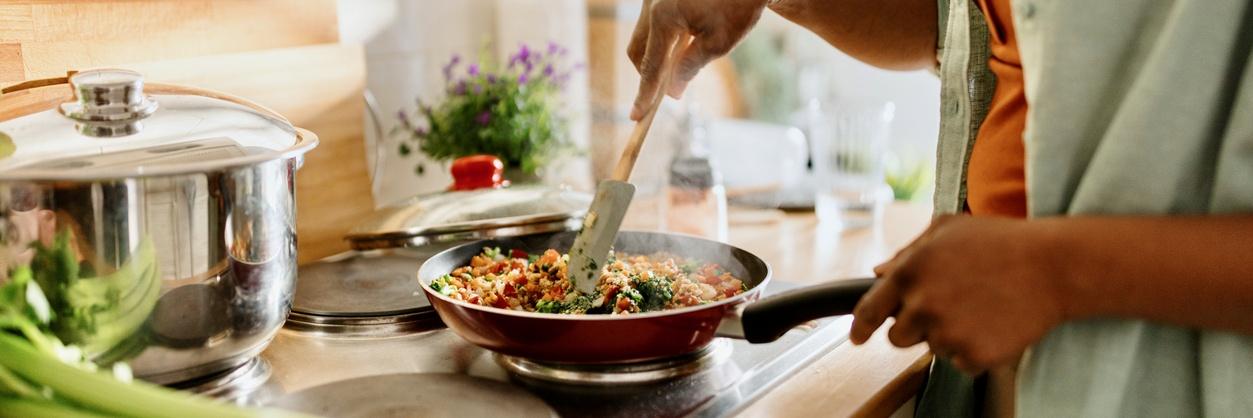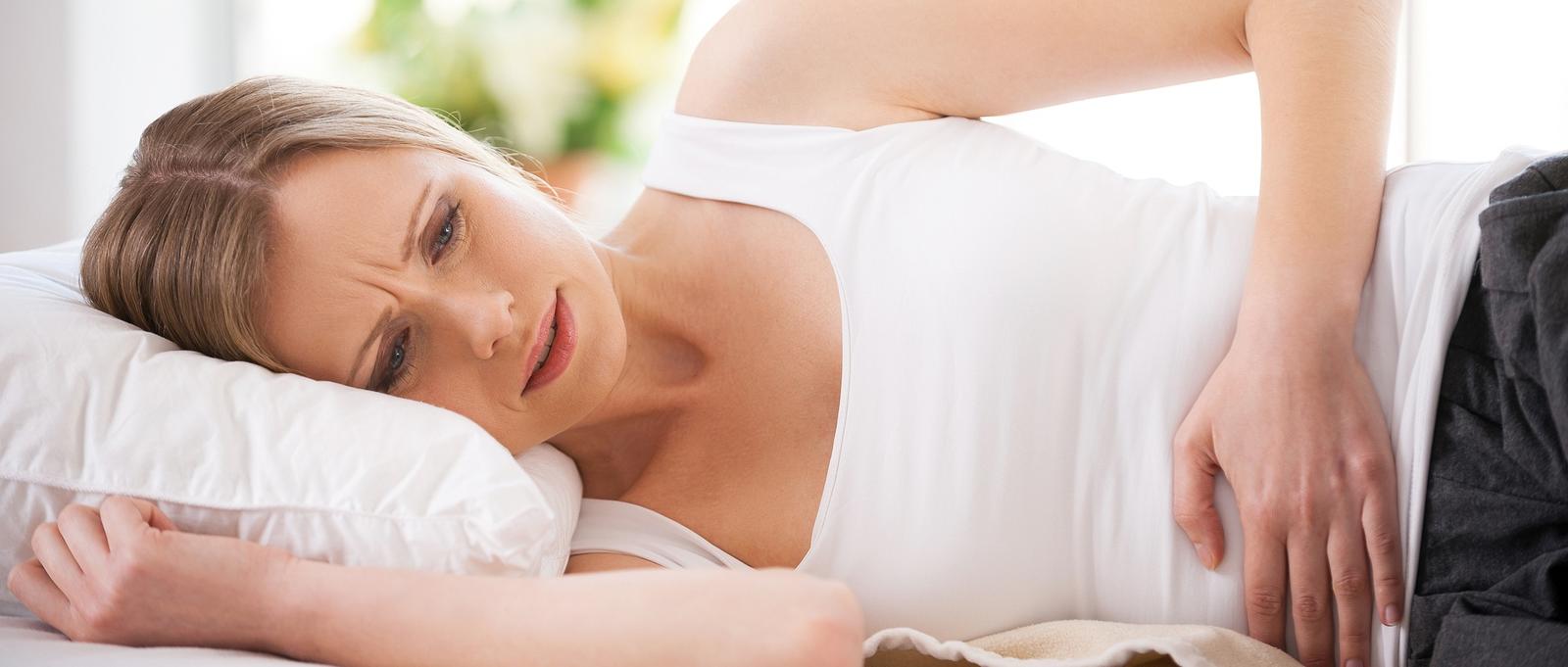
Gallstones diet: foods to eat and avoid
Peer reviewed by Dr Krishna Vakharia, MRCGPLast updated by Amberley DavisLast updated 19 May 2024
Meets Patient’s editorial guidelines
- DownloadDownload
- Share
- Language
- Discussion
1 in 3 women and 1 in 6 men will develop gallstones at some point. Gallstones are small stones, usually made up of bile, that form in your gallbladder. Here we share the foods that can prevent gallstones, trigger uncomfortable symptoms, or make them better.
In this article:
Continue reading below
What are gallstones?
Gallstones occur when bile, which is normally fluid, forms stones in your gallbladder. This is the organ that sits beneath the liver. Most commonly, gallstones contain lumps of fatty (cholesterol-like) material that has solidified and hardened.
You can have just a few small stones or a great many. Occasionally, just one large stone is formed. For more information, see the separate leaflet on Gallstones and bile.
How common are gallstones?
About one in three women and one in six men form gallstones at some stage in their lives. Gallstones become more common as you get older. The risk of gallstones forming increases with:
Pregnancy.
Smoking.
Rapid weight loss.
Having a close relative with gallstones.
Taking certain medicines such as the contraceptive pill.
Eating a generally unhealthy diet, particularly a diet which is high in fat.
Continue reading below
The role of the gallbladder in digestion
The gallbladder plays a part in the digestion of food. It collects and stores bile, then releases the bile into the small intestine when food enters the small intestine from the stomach. This helps with the digestion of food because the gallbladder contains bile salts and other substances which break down fat.
The bile duct, which connects the gallbladder to the small intestine, can become blocked by gallstones. This may cause symptoms such as:
Pain.
Bloating.
Feeling and being sick.
The stone may cause a blockage and make it difficult for the bile to be released from the bile duct.
Gallstones diet
Foods to eat with gallstones
There is no specific gallstones diet, but eating a healthy balanced diet that's very low in fat can help with symptoms:
Plenty of fruit and vegetables. Aim to have at least five portions each day.
Plenty of starchy carbohydrates. Examples include bread, rice, cereals, pasta, potatoes, chapattis and plantain. Choose wholegrain varieties where possible.
Some milk and dairy products (2-3 portions per day). Choose very low-fat dairy products.
Some meat, fish, eggs and alternatives such as beans and pulses.
Limited amounts of foods high in fats and sugars. Limit saturated fat that is found in animal products, such as butter, ghee, cheese, meat, cakes, biscuits and pastries. Replace these with unsaturated fats found in non-animal products, such as sunflower, rapeseed and olive oil, avocados, nuts and seeds. But remember that unsaturated fats can also trigger gallstone pain.
Make sure your diet is high in fibre. This can be found in beans, pulses, fruit and vegetables, oats and wholegrain products, such as bread, pasta and rice.
Drink plenty of fluid - at least two litres daily, such as water or herbal teas.
Vegetarian diet for gallstones
One study in the UK found that vegetarians tend to consume more fibre and less fat, and have a lower BMI - all factors which are associated with lower rates of gallstone disease. Therefore, it might be expected that vegetarian diets would have a protective effect for gallstone disease. However, this study has shown there is a small but statistically significant positive association between vegetarian diet and symptomatic gallstone disease.
Will a gallstones diet cure my symptoms?
Most people with gallstones will have surgery to remove the gallbladder in an operation called a cholecystectomy. However, eating a low-fat diet is likely to reduce symptoms while you are waiting for the operation. This is because fatty foods stimulate the gallbladder to release bile into the small intestine.
Once you have had the operation there is no need to follow any particular diet, although of course it is always a good idea to eat as healthily as possible.
If you are overweight, attaining a healthy weight will be beneficial. However, it is important to do this gradually, as rapid weight loss has been associated with the development of gallstones. A safe weight loss of 1-2 lbs (0.5 to 1 kg) per week is recommended. See the separate leaflet on Weight reduction.
See the separate leaflet on Healthy eating.
Foods to avoid with gallstones
High-fat foods - try not to eat too much fat at one mealtime. It might be helpful to have smaller, more frequent meals.
Individual food triggers -some people find that specific foods are the triggers for symptoms. Keep a food and symptom diary to identify trigger foods. Avoid these foods for a two-week trial period and note any improvements in symptoms.
Continue reading below
Cutting down on fat
A high-fat diet and fatty foods can sometimes cause discomfort and painful symptoms. They may also cause fatty poos (steatorrhoea), which are oily, pale and smelly. Steatorrhoea is a sign that fat is not being digested properly.
Here are some ways to cut down on fat in the diet.
High-fat foods | Lower-fat alternatives |
Butter, lard, ghee, oils, spreads. | Lower-fat/light spreads, oil sprays for cooking, jam, honey. |
Whole milk, cream, full-fat yoghurts. | Skimmed milk, half-fat crème fraîche, low-fat evaporated milk, low-fat or fat-free yoghurt. |
Full-fat cheese, such as Cheddar, Brie and Stilton. | Cottage cheese, light soft cheeses such as , quark, reduced-fat Cheddar cheese or naturally lower-fat cheeses such as mozzarella and ricotta (matchbox-sized portion). |
Snacks, such as cakes, biscuits, pastries, crisps and nuts. | Toasted teacakes, low-fat popcorn, fruit and vegetables, dried fruit, meringues, rice cakes. |
Puddings, such as pies, ice cream and custards. | Jelly, sugar-free jelly, low-fat custard, rice pudding made with skimmed milk, sorbet, tinned or stewed fruit, low-fat yoghurts. |
Sauces and dressings, such as mayonnaise, creamy sauces. | Vinaigrettes, mustard, lemon juice, fat-free salad dressings, tomato-based sauces (some can contain oil), salsa, balsamic dressing. |
Meats and processed meats, such as sausages, salami, corned beef, bacon, gammon, pork, lamb, beef mince, beef burgers, meat pies, fish tinned in oil. | Chicken, turkey, lean ham, lean or extra lean beef mince, turkey mince, red meat with visible fat cut off, and white fish, such as cod, haddock, pollock, and fish tinned in brine or water. |
Note: many processed foods that are low in fat can contain high amounts of sugar. Check the labels for high-sugar products and try to keep these to a minimum. A product that is high in sugar contains more than 10 g of sugar per 100 g.
Reduced-fat, light and low-fat are not the same thing. If a product is low-fat, this means that the product contains 3 g or fewer of fat per 100 g and is actually low in fat. A reduced-fat product does not mean that the product is necessarily low in fat. It means that the product contains 25% less fat than the original product, which is usually a very high-fat product, such as mayonnaise or Cheddar cheese.
This is similar for 'light' products, which contain about a third fewer calories than the original product, or 50% less fat. Therefore, keep these to a minimum when choosing reduced-fat or lighter products.
Tips to cut down on fat
Adopting some healthy habits can really impact on the amount of fat you consume. Here are some tips you can use during cooking and food preparation.
Try to avoid processed foods and cook from scratch when possible. This will help you to have control over how much fat goes into your food.
Check labels for high-fat products. A product that is high in fat contains 17.5 g or more of fat per 100 g. Try to avoid foods with red colour coding on the label for fat. Look for foods that contain 3 g of fat or fewer.
Bulk out meals with vegetables and pulses. For example, a Bolognese sauce could be made with half the amount of meat by adding kidney beans and mushrooms.
Use oil spray when cooking, or wipe off extra oil using a paper towel.
Measure your oil when cooking, rather than pouring it. A good measure is about one teaspoon per person.
Try to use fat/oil in food only when it is absolutely necessary.
If you are cooking meat that is sticking to the pan, a small drop of water may help rather than adding more oil.
Make your own dressings using low-fat yoghurt, lemon/lime juice and herbs.
Remove all visible fat and skin from meat and choose leaner cuts of meat.
Skim fat off the top of casseroles and stews.
Try not to fry food. Bake, steam, boil, grill or roast on a drip tray instead.
How to prevent gallstones
You can also reduce your risk of developing gallstones through what you eat:
Eating vegetable protein - for example, beans and pulses.
Increasing fibre intake.
Eating nuts.
Increasing dietary calcium.
Increasing vitamin C intake.
Drinking coffee.
Drinking a moderate amount of alcohol.
Patient picks for Liver and gallbladder

Digestive health
How to look after your liver
Your liver is amazing. It helps you digest food, makes proteins that help your blood to clot and removes toxins and waste products from your body. It also helps control cholesterol levels and fight infection. It's constantly at work 'detoxing' your body 24 hours a day - you really don't need fad 'detox' diets! But you do need to know how to look after your liver - show your liver some lifestyle love and it will keep on looking after you.
by Dr Sarah Jarvis MBE, FRCGP

Digestive health
Can you get gallstones when you're young?
The simple answer is yes! Although gallstones are often seen as a condition that only affects those who are 'fair, fat and 40' the reality is you can get them at any time.
by Rose Constantine Smith, ANutr
Continue reading below
Article history
The information on this page is peer reviewed by qualified clinicians.
Next review due: 19 May 2027
19 May 2024 | Latest version
11 Sept 2017 | Originally published
Authored by:
Dr Jan Sambrook, MRCGP

Ask, share, connect.
Browse discussions, ask questions, and share experiences across hundreds of health topics.

Feeling unwell?
Assess your symptoms online for free
Sign up to the Patient newsletter
Your weekly dose of clear, trustworthy health advice - written to help you feel informed, confident and in control.
By subscribing you accept our Privacy Policy. You can unsubscribe at any time. We never sell your data.